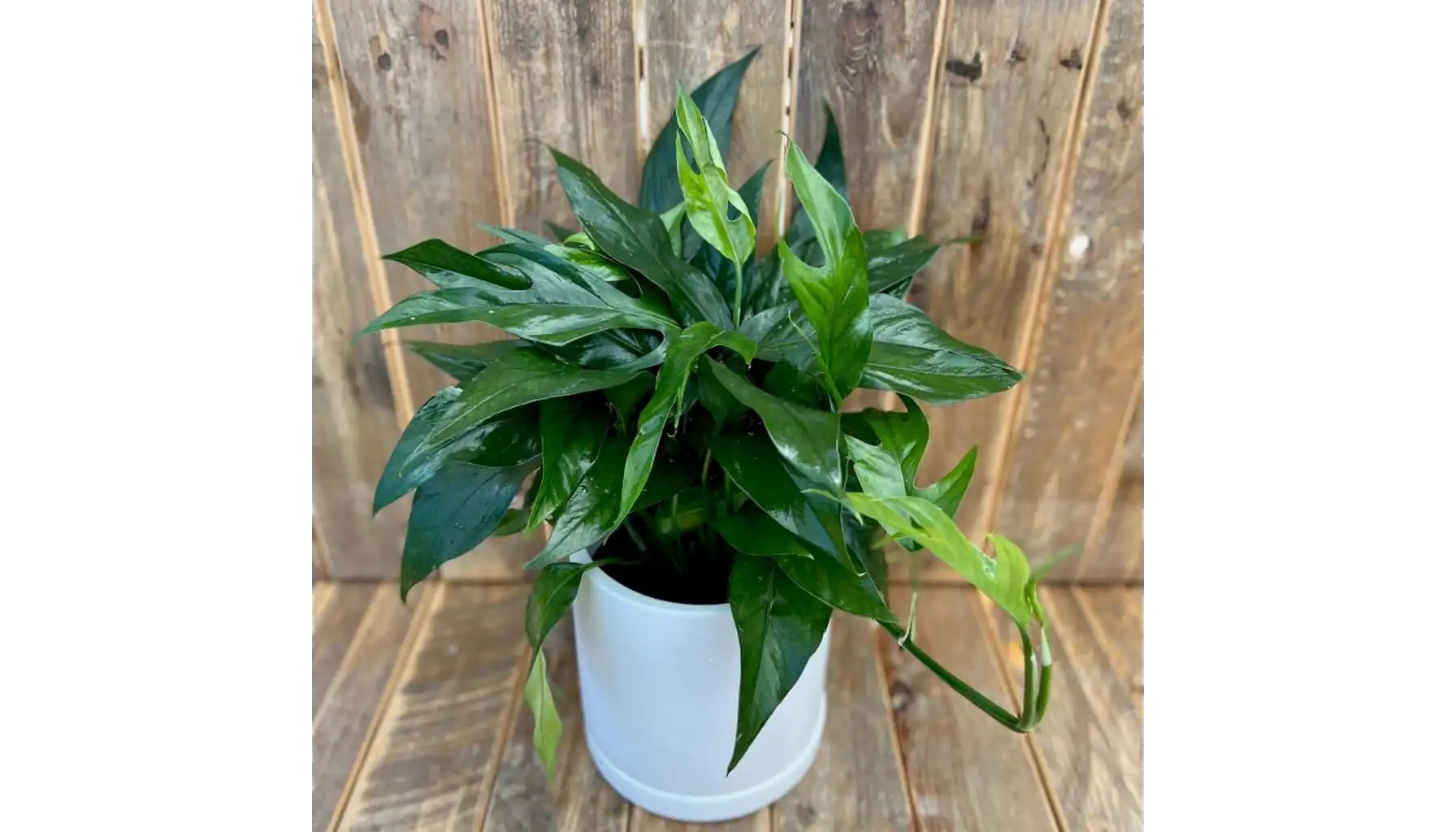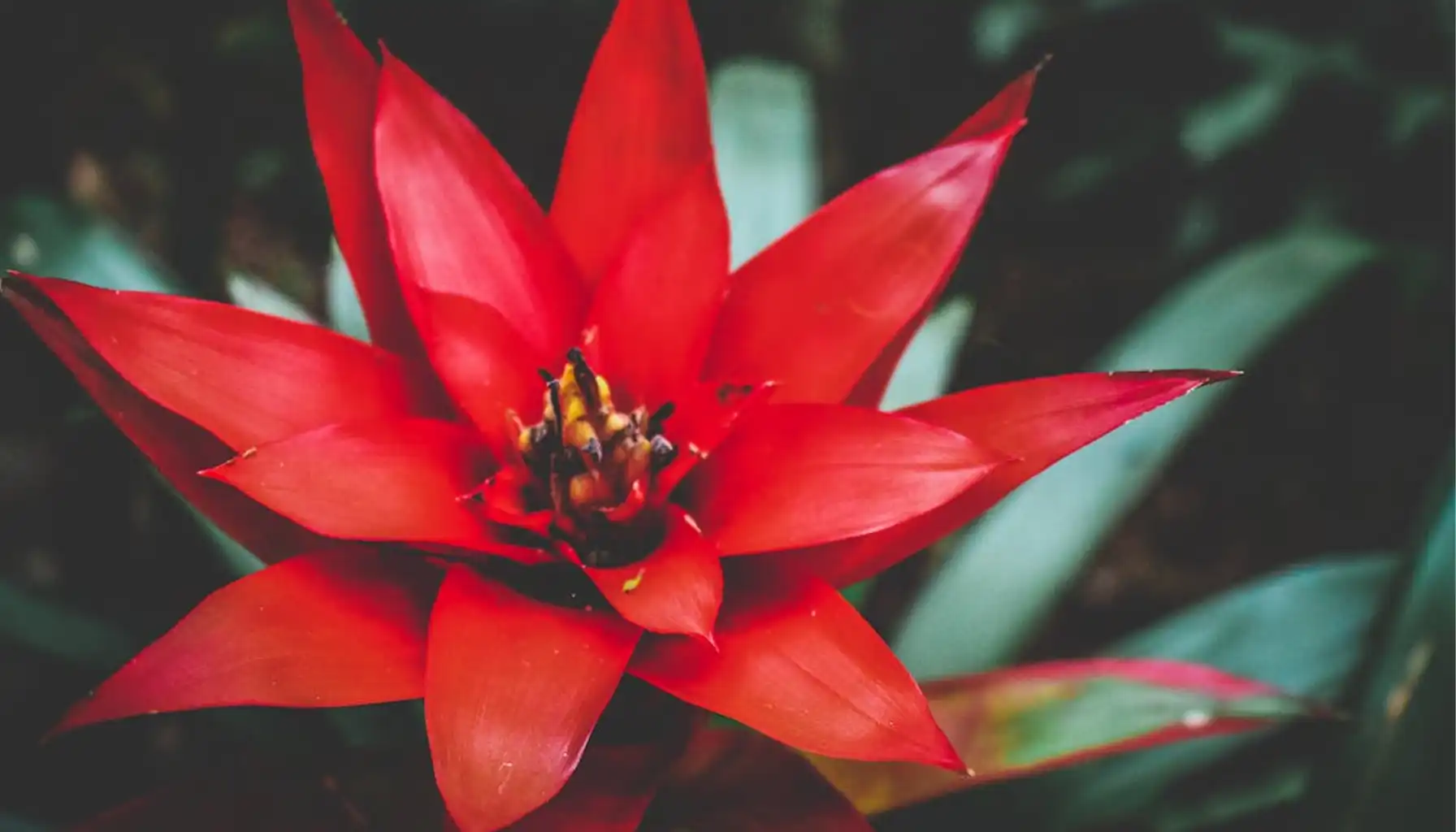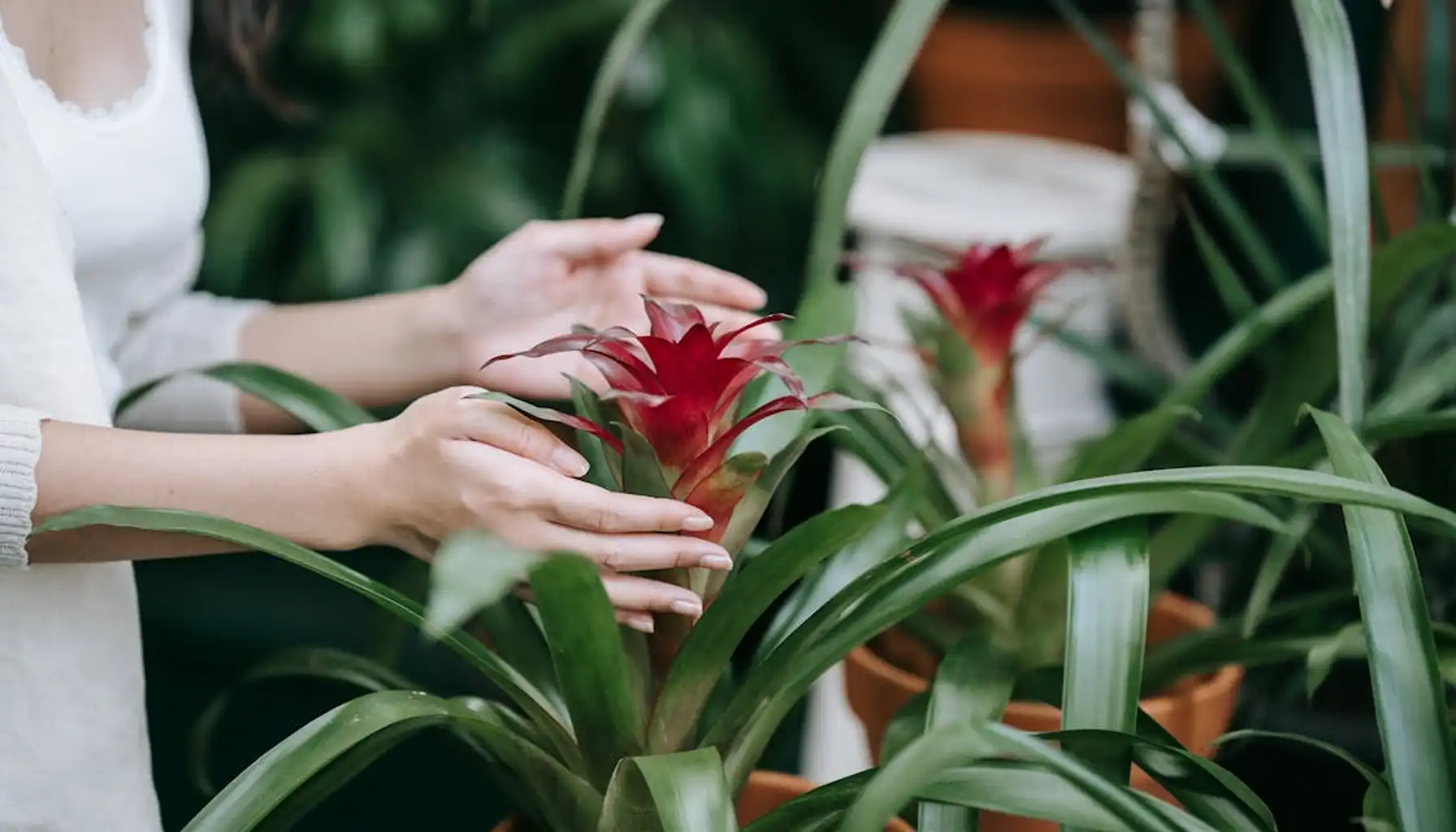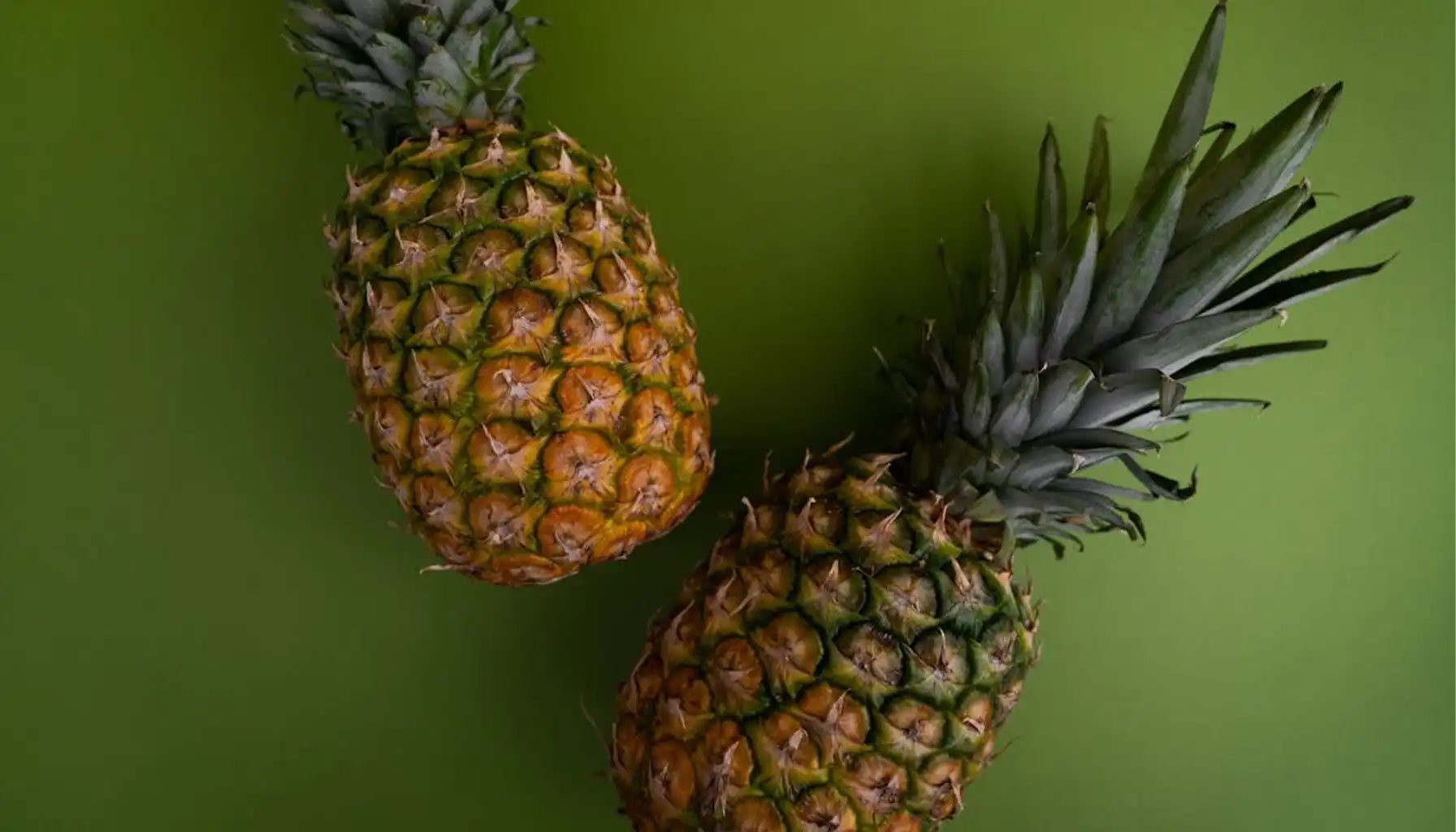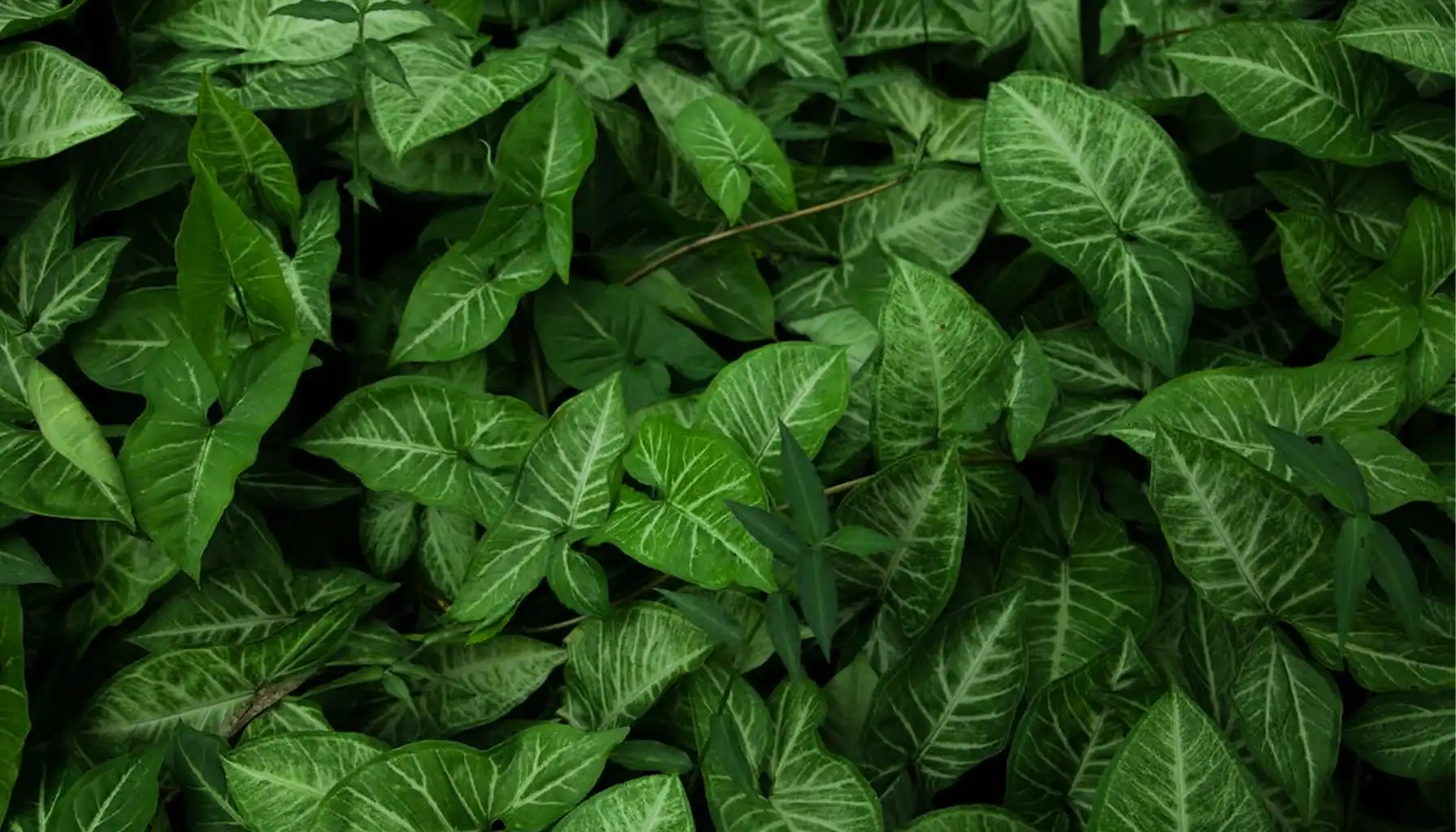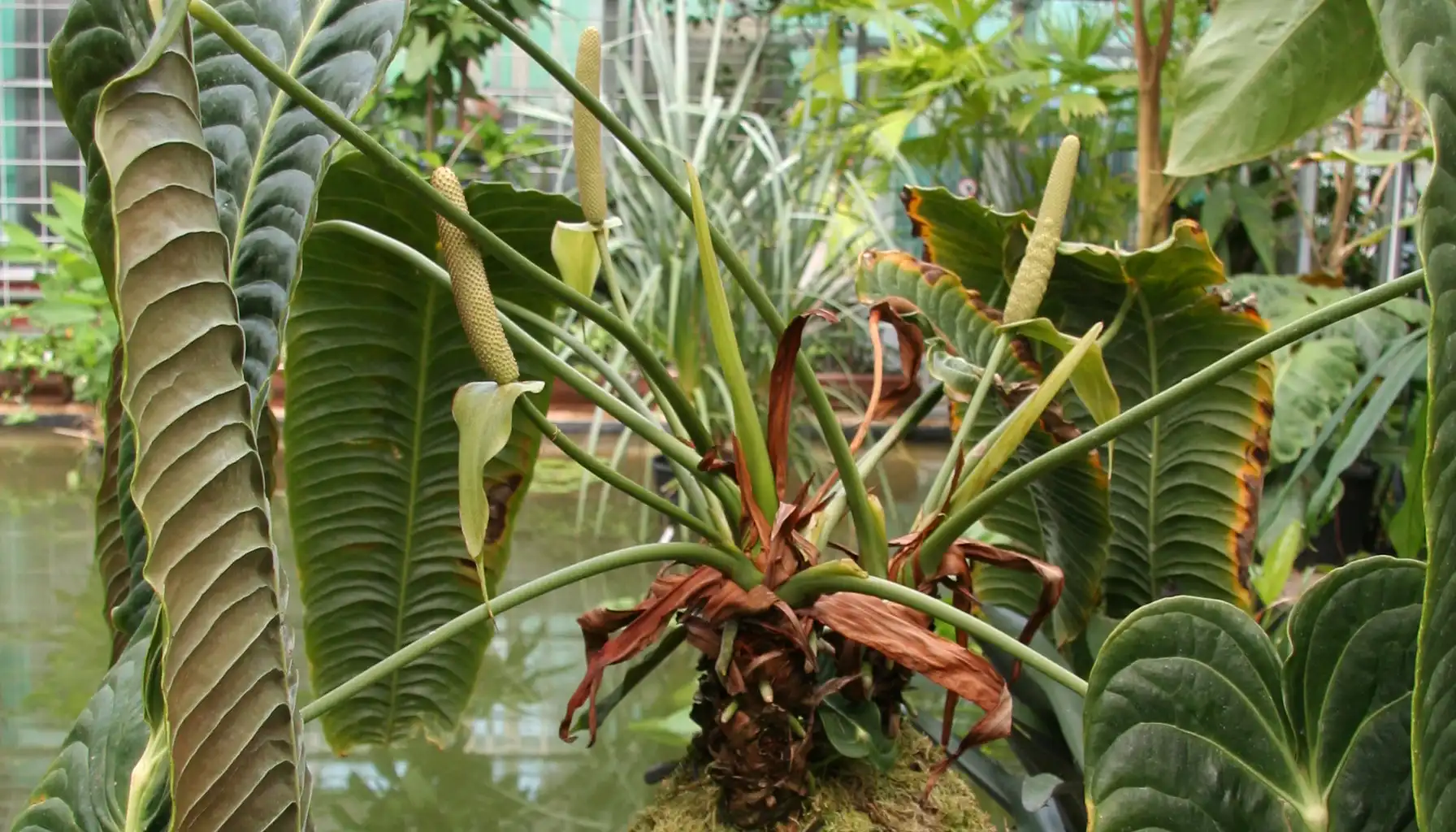If you are tired of those basic home flowers, it might be the right time to look at the rare, jungle-originated side of gardening. We are talking about the bromeliad house plant family. But don’t you worry from the start! Tropical doesn’t always mean hard to maintain, and those species don’t need you to be a qualified botanist to care about.
Just some patience, love for greenery, and a reliable app that identifies flowers is enough to turn your house or an office into a lush jungle corner in the busy city center. This guide will show you where to start.
What Is a Bromeliad Plant?
It is a tropical flowering plant from the Bromeliaceae family. Species from it are known for bold foliage, colorful blooms, and unique rosette shape. Native to the Americas’ jungle, they range from soil-rooted varieties like pineapples to air plants that grow without soil.
Why Grow Bromeliaceae at Home?
Beyond their stunning rosettes and colorful bracts, these species are quietly working to improve your indoor air quality. NASA-backed studies have found that many bromeliads excel at removing harmful volatile organic compounds (VOCs) like formaldehyde and benzene from the air.
They also release moisture, making them ideal companions in dry climates or during the heating season. So, in general, your room literally becomes healthier with a couple of such tropical companions.
Quality | Bromeliad Plant Benefits |
Air purification | Reduced indoor toxins, improved respiratory wellness |
Humidity booster | Supports skin and sinus health |
Stress relief | Natural visual therapy with calming, vibrant shapes |
Is Bromeliad Plant Toxic to Cats
Unlike many popular houseplants, these ones are non-toxic, according to the ASPCA. This makes a bromeliad plant safe for cats and dogs owners who don’t want to compromise on aesthetics. While it’s still wise to discourage curious pets from chewing on the leaves, any accidental nibble is unlikely to cause more than mild digestive upset as bromeliad plant toxic to dogs is simply wrong.
Advice: Want more beginner-friendly jungle varieties? Look for a ZZ plant, easy to care for and rich-looking.
How to Care for a Bromeliad Plant: A Quick Start Guide for All Varieties
They might look high-maintenance and it might not be that clear is bromeliad an indoor plant with its powerful look, but their needs are surprisingly minimal. We will discuss each popular type later, but some requirements stay the same for all bromeliad plant types.
Light Requirements
These tropical natives love bright, indirect light. You’d better think of filtered sun near an east- or south-facing window. Too much direct sun will scorch their rich deep-green foliage, while too little will cause dull color and slow growth.
Best placements indoors:
Avoid:
Watering Routine
All real and artificial bromeliad plant examples have a fantastic central water cup (rosette), in natural conditions it usually gathers rainwater. In your home it can be filled occasionally to mimic natural function. But beware: stagnant water can lead to rot. Drain and rinse the cup every couple of weeks.
Watering Method | Frequency |
Soil watering | Only when top inch feels dry |
Central cup fill | Occasionally, rinse every 2 weeks |
Leaf misting | 2–3 times per week in dry climates |
These plants prefer to dry out slightly between waterings. Their roots are adapted for air and minimal water—not constant moisture.
Temperature & Humidity
These species are happiest in warm, highly humid conditions. Naturally, they live at 68–90°F (20–32°C) by day, with temperatures staying above 50°F (10°C) at night. Sudden cold spells can cause damage or kill the plant, so bring any outdoor specimens inside before the first frost if you place them in your backyard or a garden.
To mimic their native rainforest environment:
With these conditions being the same for all types in the family, particular species’ care routines can vary. Let’s explore them now.
Pineapple Bromeliad Plant: Fruiting and Decorative
Yes, the same family that produces ornamental houseplants can also grow real pineapples. While at home it is mostly decorative, Ananas comosus is a rewarding and surprisingly manageable addition to your outdoor or bromeliad indoor plant collection.
Pineapple Plant Indoor Care
A bromeliad pineapple plant demands plenty of sun — at least 6 hours of bright, indirect light per day. A south-facing window is ideal. Indoors, use wide, shallow pots with excellent drainage, and make sure to rotate the plant every few weeks to encourage even growth on each side.
Care Factor | Recommendation |
Light | 6+ hours/day of bright indirect light |
Soil | Well-draining mix (sandy or cactus soil) |
Pot size | Start with 2–3 gallon pot; upgrade as needed |
Watering | When top 2 inches of soil feel dry |
Fertilizer | Monthly in spring/summer, less often in fall |
Be cautious with watering as pineapples are drought-tolerant and vulnerable to root rot if overwatered. The crown (top leaves) should remain dry, especially in cooler indoor environments.
Pineapple Plant Outdoor Care
If you live in a frost-free climate, you can grow pineapples outdoors in full sun. Use mulch to retain soil moisture and suppress weeds, and ensure water drains well from the root zone.
Pineapple plants have spiky leaves and a central flower stalk that eventually bears fruit, so staking can help stabilize tall or top-heavy plants. Watch the weather carefully: if you expect sudden frosts, take measures to protect your tropical companions.
Alternative: Want something that grows faster and needs less attention? Lucky bamboo might be your go-for choice.
Bromeliad Air Plant (Tillandsia): Soil-Free Wonders
Air plants might be the most fascinating members of the bromeliad family. They don’t need soil at all, being perfect for creative displays, wall hangings, terrariums, and glass bowls. Their alien-like forms add a touch of magic wherever they go.
Light and Airflow
Like all types in the family, air plants crave bright, indirect light. Position them near a sunny window or under grow lights. Just as important is good airflow as far as it prevents moisture from lingering on the leaves, reducing the risk of rot.
Key Element | Optimal Condition |
Light | Bright, indirect sunlight (avoid harsh direct rays) |
Air circulation | Good airflow to dry leaves post-watering |
Placement ideas | Hanging glass orbs, driftwood mounts, cork boards, near the window |
Watering and Hydration
So how to take care of bromeliad plant that doesn’t even have water to fertilize? Watering the air bromeliad type of plant may seem unclear at first, but it is easier than you think. Unlike rooted plants, air plants absorb water through their leaves.
There are two effective watering routines:
Weekly soak: Submerge the plant in room-temperature water for 20–30 minutes.
Frequent misting: Mist lightly 2–3 times a week, especially between soakings or in dry air.
Care tip: Dry thoroughly after watering—shake off excess and allow the plant to fully air-dry before placing it back into any closed container or holder.
Feeding and Fertilizing
Use a specialized tropical species’ fertilizer monthly during spring and summer. A diluted mix is best, as too much fertilizer can burn their sensitive leaf structures. Also, if you notice good growth even without extra feeding, leave it be that way.
How to Multiply: Propagating Bromeliads Through Pups
Once a pink bromeliad plant blooms, it doesn’t flower again. But it also means that you can start propagating and extending your jungle. The mother plant sends out “pups”, small offshoots that can be removed and replanted.
How to plant bromeliad pups:
Wait until the pup is at least one-third the size of the parent.
Use a clean, sharp knife to cut it off at the base.
Plant the pup in free-draining soil (orchid bark + perlite works well).
Water lightly and give it bright, indirect light.
With proper indoor bromeliad plant care, each pup will eventually become a mature stem with its own bloom cycle.
Pro Tip: Use the AI Plant Finder to scan and track your red bromeliad plant, receive customized bromeliad plant care indoors alerts, and identify when it’s the right time to separate pups, water, or fertilize.
Using AI Plant Finder to Ensure Success
While it is quite simple to remember how to care for bromeliad plant, maintaining consistency might be hard if you are in the very beginning. AI Plant Finder helps you keep the кщгешту regular as well as answering popular questions about each species.
Which Features Might Help You Most:
Get personalized alerts based on your plant’s current condition and growth stage
Diagnose leaf issues or root concerns using AI-powered analysis
Watch out for the perfect conditions with the built-in water and light meters
Access a rich database of over 300,000 plants, with detailed insights on bromeliad plant meaning and instant identification of rare species
Receive expert tips on how to take care of a bromeliad plant indoors in the chatbot
Set reminders and keep track of each plant via the ‘My Garden’ tool
Both for beginners and advanced gardeners, AI Plant Finder is a great helper. Delegate there all the tasks that seem too overwhelming to remember and enjoy the piece of mind.
Dreaming of a home jungle? It might be the right time for a dream to come true! May the new, unknown species not frighten you with the up-to-date tech and your strong passion to grow and learn new.
Related AI Plant Finder Posts
